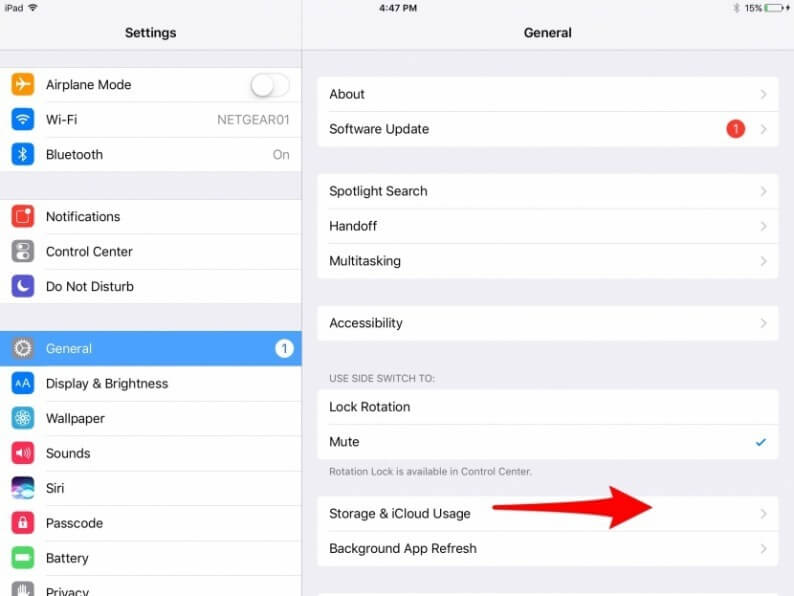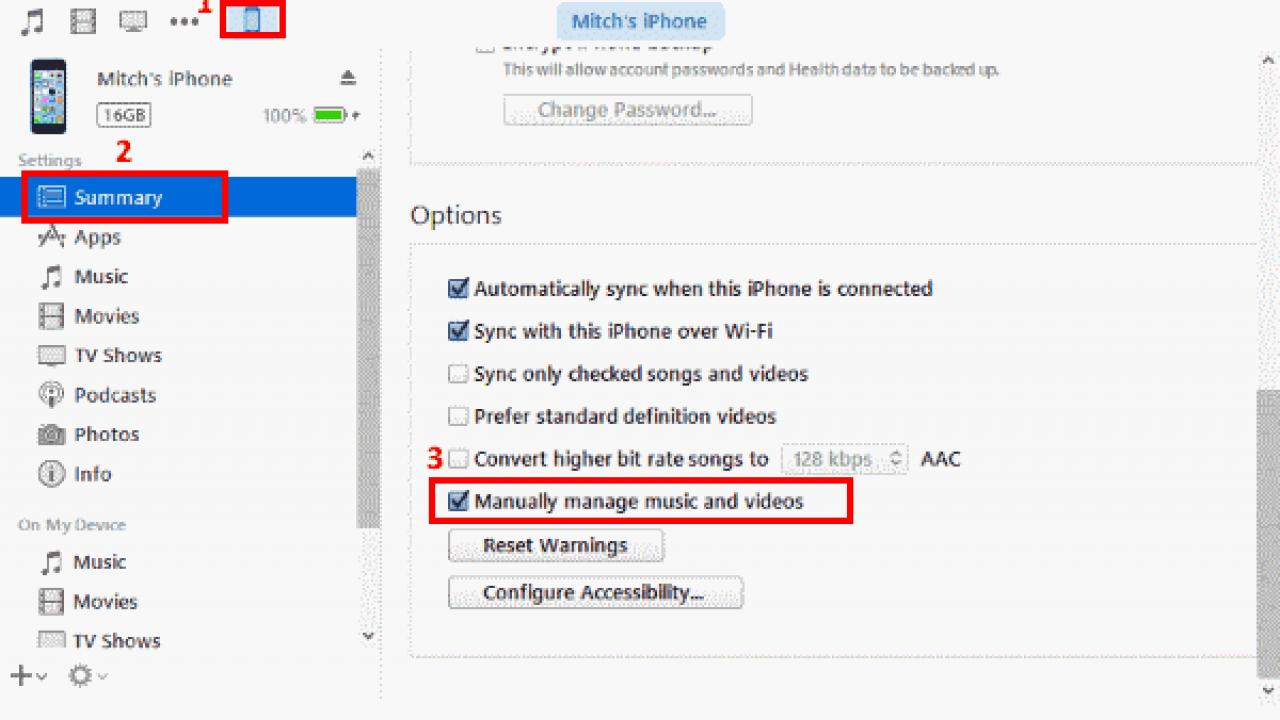- Whenever your Mac warns that you have insufficient privileges to delete a file, you should pause and question whether you should even be messing around with this file in the first place. If you do decide to go ahead, then you can give yourself permission to delete this file: Control-click the file. Select ‘Get Info.’.
- Click next to the app that you want to delete, then click Delete to confirm. The app is deleted immediately. Apps that don't show either didn't come from the App Store or are required by your Mac. To delete an app that didn't come from the App Store, use the Finder instead.
- Question: Q: How to delete an undeletable app? I have three trojan horses disguised as 'installer' apps in my applications folder. I cannot for the life of me delete them. I've tried dragging them to the trash and it says, 'this app cannot be deleted.' I have tried 'sudo rm'. I have even downloaded Dr. Web Light which identifies these three.
How to Force Delete Files/Folders on Windows XP, 7, 8, and 10
Solution 1: Terminate Associated Process/Program
Solution 2: Replace the Undeletable File

Solution 3: Use Safe Mode
Solution 4: Use Command Prompt
- /F: Force deletion of read-only files
- /P: Enable prompts for confirmation before deleting the specified file.
- /S: Delete specified files from the current directory and all the subdirectories it contains. It will display the names of files being deleted.
- /Q: Enable quiet mode. Prompt for confirmation will not be displayed.
Solution 5: Unlock the File Using a Third-Party Tool

Recover Accidentally Deleted Files Using Bitwar Data Recovery
How To Delete Apps From Macbook Pro
How to Force Delete Files/Folders on Mac
Way 1: Secure Empty Trash
Way 2: Quit Associated Process
Way 3: Unlock the Undeletable File
Way 4: Use Safe Mode
How To Delete Undeletable Apps On Mac
Way 5: Create a Temporary User Account
Way 6: Get Permission to Modify a File
- The file is being locked, and you haven’t got the permission to unlock it.
- Every time you try to delete the file an error message prompts up.
How To Delete Apps Apple
Way 7: Use Terminal Commands
- To delete an empty folder, Enter the command: rmdir/folderpath
- To delete a folder and all the subdirectories, Enter: rm -R /folderpath
Closing Remarks
Previous Article
How To Delete Pages From PDF Without Adobe Summary: If you are having troubles when force delete files/folders on Windows 10, 8, 7 or Mac, this article will..Next Article
How To Save PowerPoint Slide As Image Summary: If you are having troubles when force delete files/folders on Windows 10, 8, 7 or Mac, this article will..About Bitwar Data Recovery
It’s important to keep your system clean from junk or irrelevant files occupying unnecessary space on the drive. Despite having admin privileges in Windows, users sometimes face this issue where they are not able to delete some files or folders.
This can be caused by a virus, malware, spyware, adware, Trojan horse, or corrupt/damaged system files and permissions that locks the files, thereby making them undeletable.
In few cases, the file can’t be removed or deleted as it is being used by another application or essential program. Some frequent errors that appear in Windows when trying to delete undeletable or locked files are:
- The file is in use by another program
- There has been sharing violation
- Cannot delete file: Access is denied
- The source or file destination is in use
- The file or directory is corrupted or unreadable.
This could be frustrating when you are struggling to free up some space and a few troublesome files stop you from proceeding. These files can vary from a few bytes to sometimes gigabytes.
How to Delete Undeletable Files
If you have also come across a similar situation, you can forcibly delete and get rid of these undeletable files and folders either manually or by using a software.
- Reboot the System
First, try a reboot. It’s possible that the file or folder location might be in use by a software or essential Windows programs in the background. When you shut down the system, these processes stop. After reboot, open File Explorer and browse the file or folder location. Try deleting it. If this doesn’t work, boot into ‘Safe Mode’ in Windows by following these steps:
- Shutdown your system and then press power button to turn it on.
- Immediately start pressing ‘F8’ key on the keyboard until you see the ‘Advanced Boot Options’ screen.
- From ‘Advanced Boot options’ select Safe Mode by using arrow key and hit ‘Enter’.
- Go to Settings > Update & Security > Recovery and click the ‘Get Started’ button under Advance Startup.
- From the available options, go for Troubleshoot > Advanced options > Startup Settings > Restart.
- After the restart, press 4 or F4 to boot the system into Safe Mode.
- Using Command Prompt
Command Prompt or cmd can help you get rid of most troublesome files and folders from your Windows PC. Follow these instructions to permanently delete undeletable files and folders.
WARNING: Be very careful with these commands. Confirm the location of the file or folder at least two to three times before executing these commands. You may accidentally delete some important files.
- Press ‘Windows+S’ and type cmd.
- Right-click on ‘Command Prompt’ and select ‘Run as administrator’. A cmd window appears.
- To delete a single file, type: del /F /Q /A C:UsersDownloadsBitRaserForFile.exe
- If you want to delete a directory (folder), use RMDIR or RD command. Type: rd /S /Q C:UsersDownloads
- Hit the ‘Enter’ button after typing the command in the cmd window.
| /F | Force deleting of read-only files. |
| /S | Delete specified files from all subdirectories. |
| /Q | Quiet mode, do not ask if ok to delete on global wildcard |
| /A | Selects files to delete based on attributes Followed by the location of file or folder |
- Using a Software
If command prompt fails to delete undeletable files and folders, you can use a reliable tool like BitRaser File Eraser that can delete undeletable and locked (or infected) files and folders from your PC and helps you free up unnecessarily used space on your system. Follow these steps:
- Download and install BitRaser for File software.
- Run the software.
- In the left-pane, click on ‘Erase Now’. In the right-panel, all drives and partitions are displayed.
- Double-click (or click on ‘+’) on the drive to expand it. Keep expanding until you locate the undeletable or locked file or the folder that you want to get rid of.
- Click the file or folder checkbox to select it. You can select multiple files and folders/subfolders.
- Click the ‘Erase Now’ button at the bottom right corner. Confirm when prompted.
- After cleaning selected files and folders, a popup appears where the BitRaser for File asks you to reboot the system. Click ‘Reboot’ to restart the system.
Moreover, this tool can also help you to clean up your internet activities, system traces, application traces, and other files and folders permanently beyond the scope of recovery and helps safeguard your privacy.
